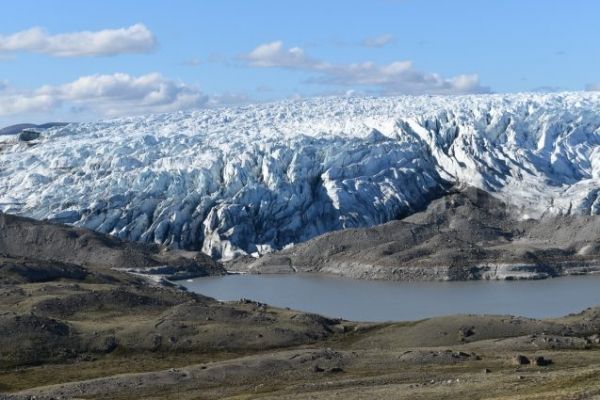Last year was one of the worst years on record for the Greenland ice sheet, which shrunk by hundreds of billions of tons. According to a study published today in The Cryosphere, that mind-boggling ice loss wasn’t caused by warm temperatures alone; the new study identifies exceptional atmospheric circulation patterns that contributed in a major way to the ice sheet’s rapid loss of mass.
Because climate models that project the future melting of the Greenland ice sheet do not currently account for these atmospheric patterns, they may be underestimating future melting by about half, said lead author Marco Tedesco from Columbia University’s Lamont-Doherty Earth Observatory.
The study used satellite data, ground measurements, and climate models to analyze changes in the ice sheet during the summer of 2019.
The researchers found that while 2019 saw the second-highest amount of runoff from melting ice (2012 was worse), it brought the biggest drops in surface mass balance since record-keeping began in 1948. Surface mass balance takes into account gains in the ice sheet’s mass — such as through snowfall — as well as losses from surface meltwater runoff.
Read more at Columbia University
Photo: Greenland ice sheet. CREDIT: Kevin Krajick/Earth Institute


